The Pioneers Of Hurricane Research And Tracking
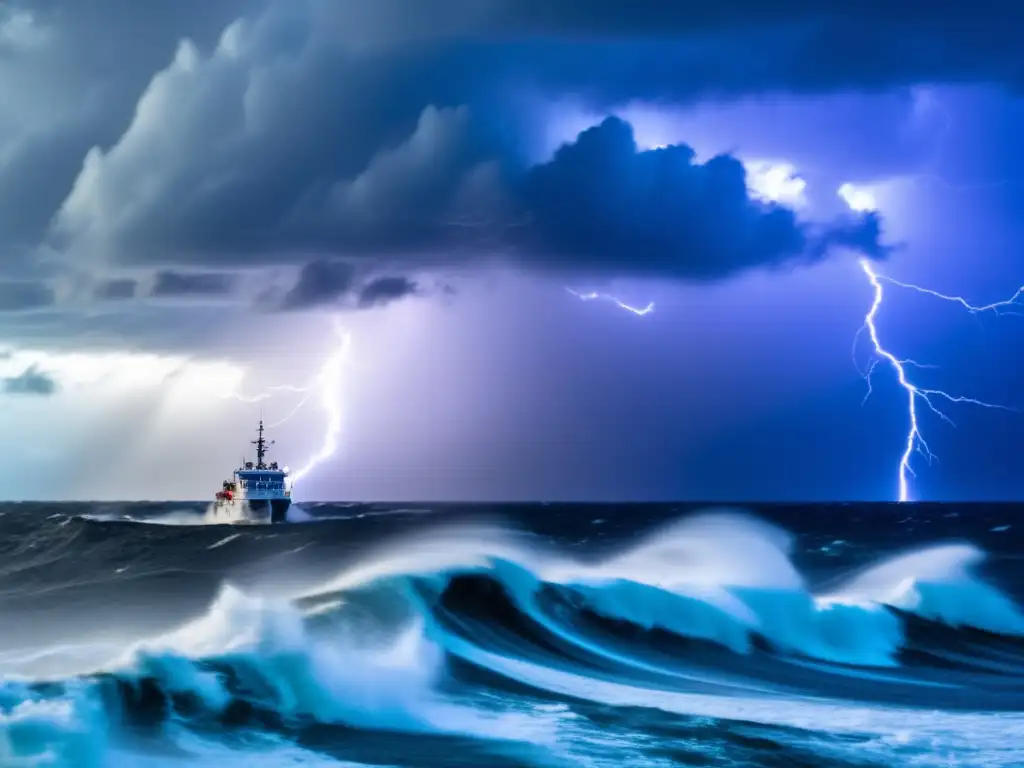
The Pioneers of Hurricane Research and Tracking
Introduction
Hurricanes are one of the most destructive natural disasters that affect millions of people around the world. To better understand and mitigate their impact, scientists and meteorologists have been studying and tracking hurricanes for centuries. This article will provide an overview of the pioneers of hurricane research and tracking, their contributions to our understanding of these phenomena, and how their work has influenced modern hurricane forecasting.
The Origin of Hurricane Research
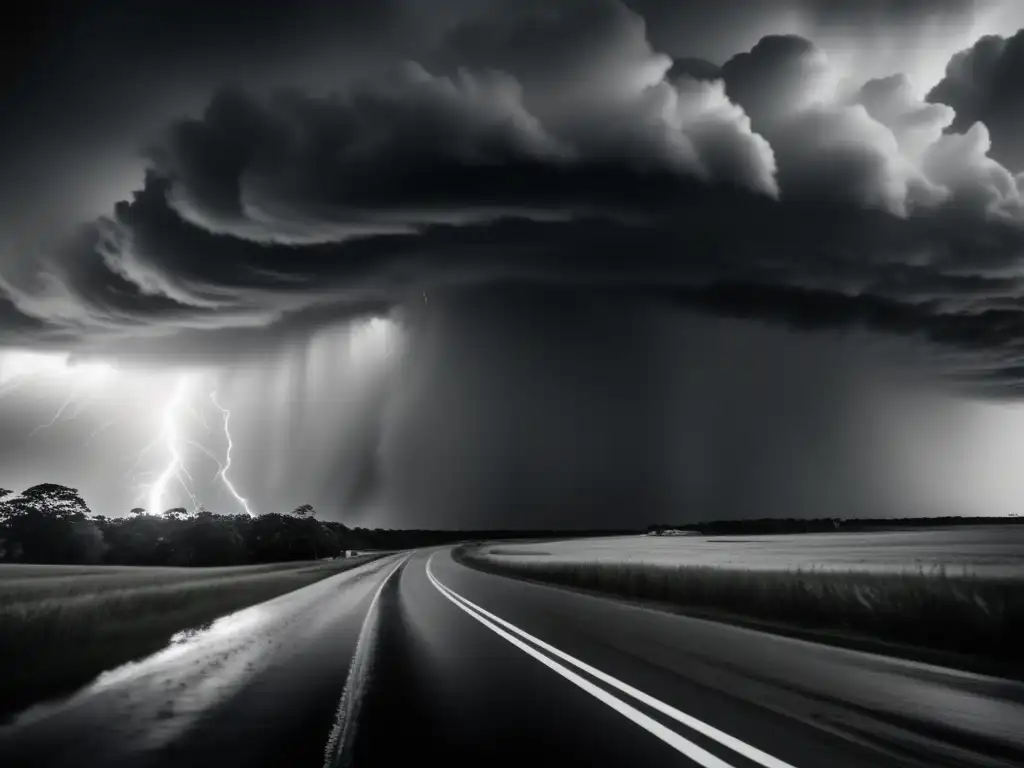
Early Observations
Hurricanes have been recorded throughout history, with some of the earliest known recordings dating back to the 15th century. However, it wasn't until the 1700s when Benjamin Franklin started to take an interest in these storms. He hypothesized that they were weather systems moving from west to east across the Atlantic Ocean. He used observations from ships to track these storms and published his findings in the Poor Richard's Almanac. Franklin's observations helped to establish the basic understanding of hurricane formation and movement.
William Redfield
William Redfield was a self-taught meteorologist who extensively studied hurricanes from the early to mid-19th century. He believed that hurricanes were not random occurrences but rather had a specific structure and movement. Redfield's paper, "Account of a Tornado near New Brunswick, New Jersey" in 1831, was the first to describe the circular nature of hurricane winds. He also observed that trees around the edge of the hurricane's path were uprooted in the same direction and concluded that the storm was spinning. He made significant contributions to our understanding of how hurricanes moved and impacted areas they hit, even before the invention of simple devices such as barometers.
James Piddington
James Piddington was a British-born meteorologist who moved to the United States and became interested in hurricanes. In 1847, he published his study, "The Sailor's Horn-Book for the Law of Storms," which detailed the structure of a hurricane and provided guidance on how to sail during these storms. The book became widely used by sailors, and its popularity was significant in the development of a hurricane warning system.
Modern Hurricane Tracking

Isaac Cline
Isaac Cline was a meteorologist from Galveston, Texas, who worked for the US Weather Bureau in the late 1800s. He was responsible for establishing several weather stations along the Texas coast and sent telegrams to ships warning them about incoming hurricanes. In 1900, Galveston was hit by a devastating hurricane with a storm surge that flooded the city, leading to over 8,000 deaths. At the time, there was no warning system in place. However, after the tragedy, Cline emphasized the importance of hurricane forecasting and created the first hurricane tracking chart.
John Hope
John Hope was a meteorologist who served as the director of the US Weather Bureau in the early 1900s. He pioneered the use of radio technology to track hurricanes, which allowed meteorologists to monitor storms in real-time and forecast their movements accurately. He also proposed using airplanes to research storms, though this idea wasn't implemented until decades later.
Herbert Saffir
Herbert Saffir was an engineer who worked with Robert Simpson to create the famous Saffir-Simpson Hurricane Scale, which categorizes storms by their wind speed and potential damage. The scale is used to determine evacuation orders and the level of preparation necessary in a given region. It has been instrumental in saving countless lives during hurricanes.
The Future of Hurricane Research and Tracking
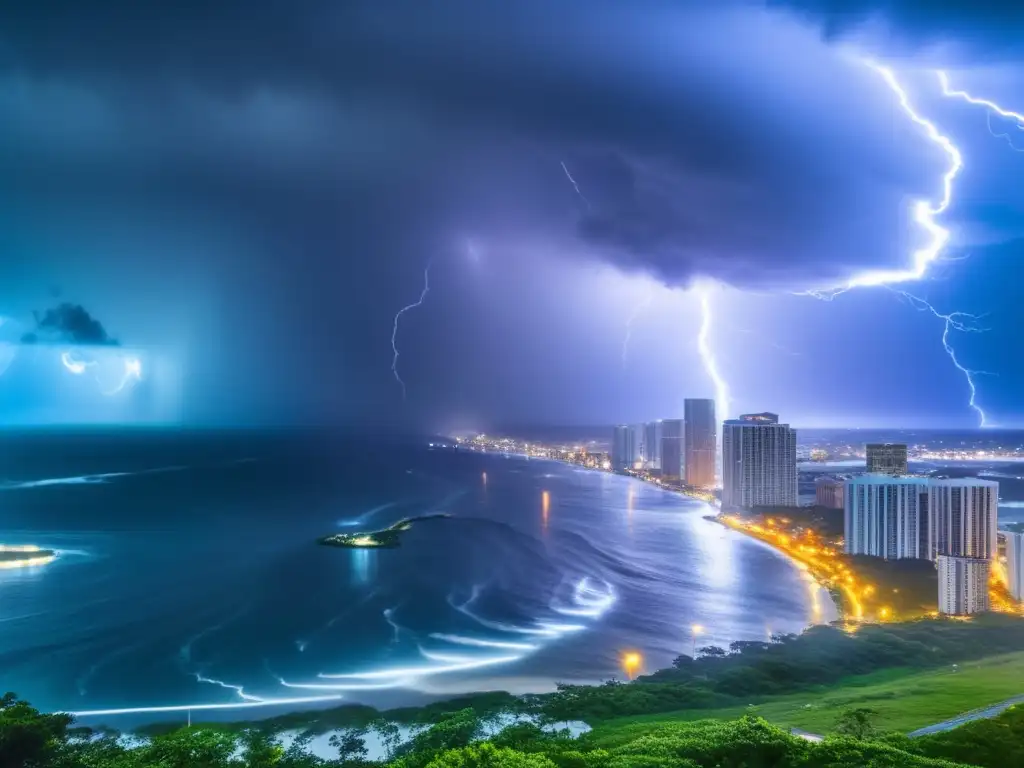
Improving Forecasting Accuracy
The advancement of technology has allowed for greater accuracy in hurricane forecasting. Satellites and other remote sensing instruments have become increasingly sophisticated, providing data on hurricanes' movement and structure in real-time. However, there is still room for improvement in predicting hurricane intensity and the exact path of a storm, especially as climate change impacts the frequency and severity of these storms.
Climate Change Research
Climate change is expected to impact hurricane frequency, intensity, and track. As such, studying the impact of climate change on hurricane patterns is becoming increasingly important. Modern researchers are analyzing historical data and modeling future scenarios to better understand how hurricanes are evolving and what we can expect in the coming decades.
Community Outreach
With hurricanes affecting so many communities around the world, community outreach and education efforts are essential in reducing the impact of these storms. Several organizations and non-profits are working to educate residents on how to effectively prepare and respond to a hurricane, as well as provide resources for post-hurricane recovery. This outreach includes everything from creating evacuation plans to teaching homeowners how to reinforce their homes against hurricane-force winds.
Frequently Asked Questions

-
Who were the pioneers of hurricane research and tracking?
The early pioneers of hurricane research and tracking were Benjamin Franklin, William Redfield, and James Piddington. Modern pioneers include Isaac Cline, John Hope, and Herbert Saffir.
-
What is the Saffir-Simpson Hurricane Scale?
The Saffir-Simpson Hurricane Scale is a classification system that categorizes storms by their wind speed and potential damage. The scale is used to determine evacuation orders and the level of preparation necessary in a given region.
-
How has technology impacted hurricane forecasting?
The advancement of technology has allowed for greater accuracy in hurricane forecasting. Satellites and other remote sensing instruments have become increasingly sophisticated, providing data on hurricanes' movement and structure in real-time.
-
What is being done to prepare communities for hurricanes?
Several organizations and non-profits are working to educate residents on how to effectively prepare and respond to a hurricane, as well as provide resources for post-hurricane recovery. This outreach includes everything from creating evacuation plans to teaching homeowners how to reinforce their homes against hurricane-force winds.
-
What is the future of hurricane research and tracking?
The future of hurricane research and tracking will likely focus on improving forecasting accuracy, researching the impact of climate change on hurricane patterns, and community outreach and education efforts.
Conclusion
The pioneers of hurricane research and tracking have made significant contributions to our understanding of these storms and have helped to save countless lives. Modern technology has allowed for greater accuracy in hurricane forecasting, but there is still much work to be done to perfect this science. As hurricanes continue to impact communities around the world, community outreach and education efforts are essential in reducing the impact of these storms.
It is crucial to stay informed and prepared during hurricane season. Hurricane websites like hurricaneinsider.org provide valuable resources to help individuals and communities prepare for hurricanes, as well as recovery guides for the post-hurricane period. Share this information with your loved ones and take the necessary steps to stay safe during a hurricane.
Additional Resources

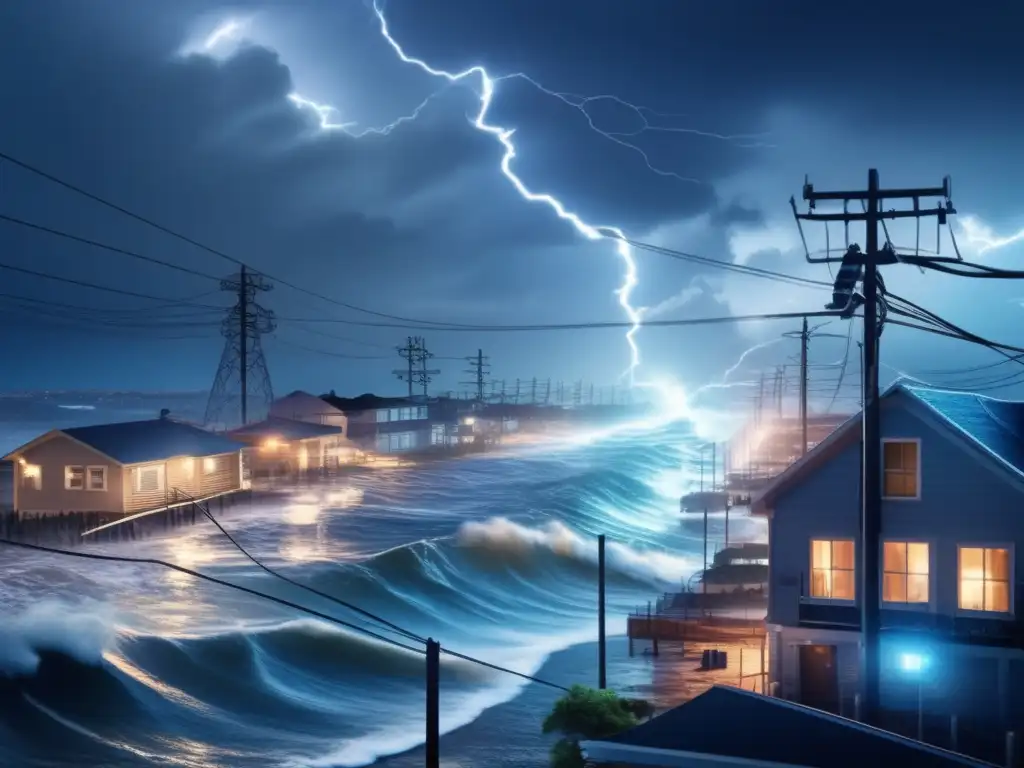 Infrastructure Vulnerabilities During Hurricanes
Infrastructure Vulnerabilities During Hurricanes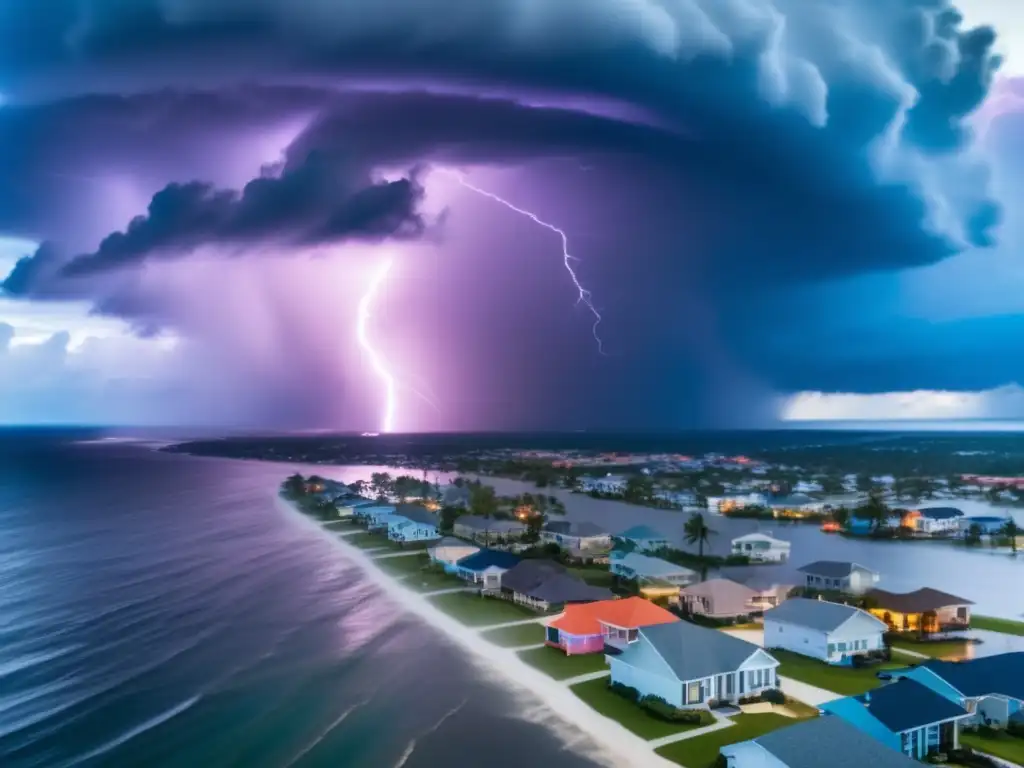 Behind The Scenes: How News Teams Cover Hurricanes
Behind The Scenes: How News Teams Cover Hurricanes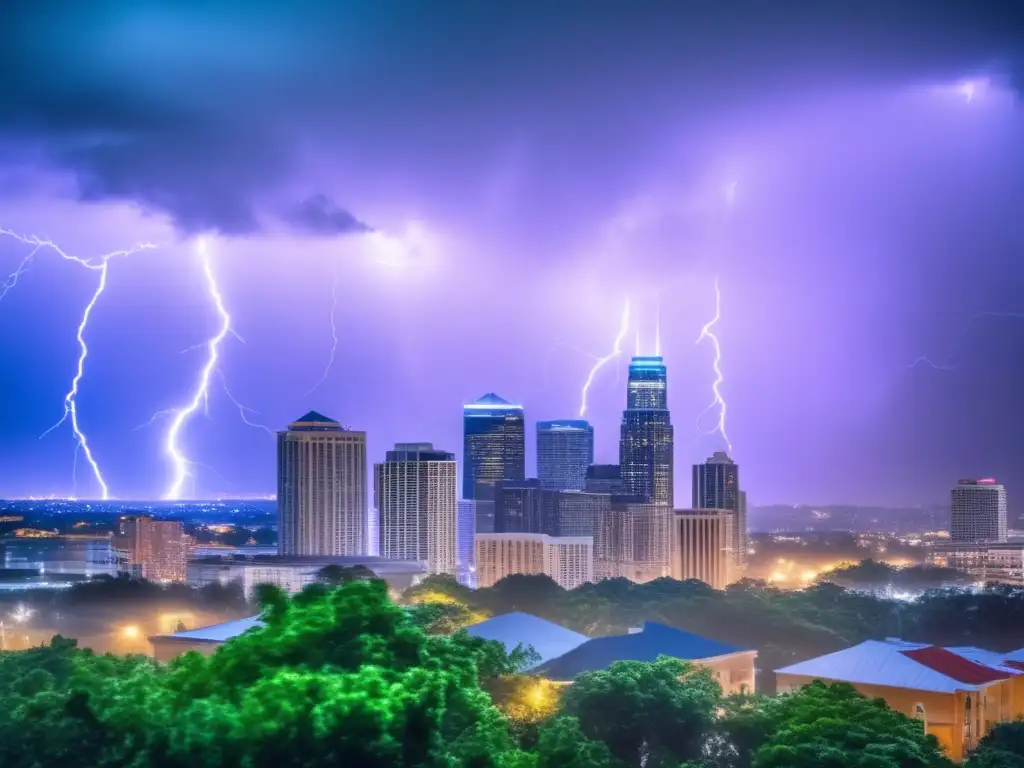 An Examination Of Urban Planning For Hurricane Resilience
An Examination Of Urban Planning For Hurricane ResilienceIf you want to discover more articles similar to The Pioneers Of Hurricane Research And Tracking, you can visit the Basic knowledge about hurricanes: category.
Leave a Reply

Articulos relacionados: